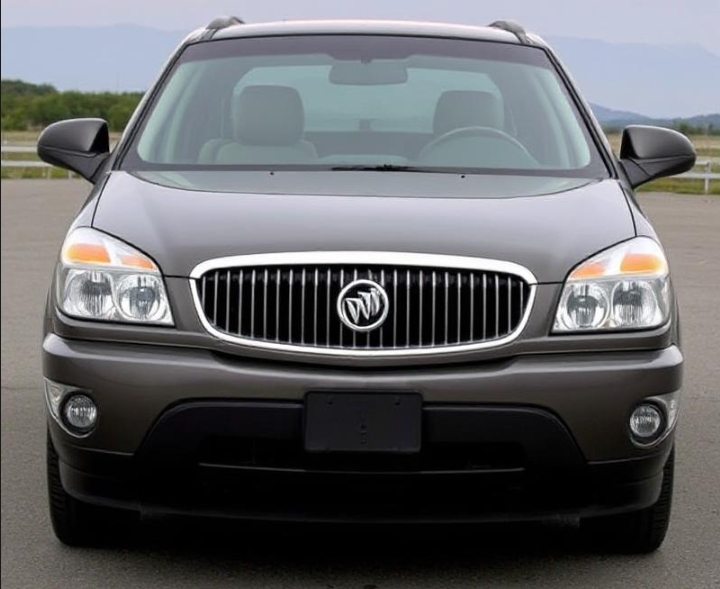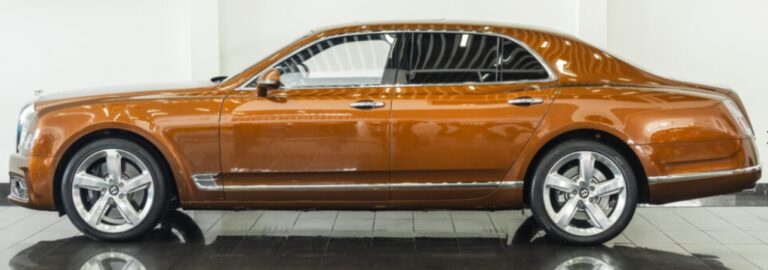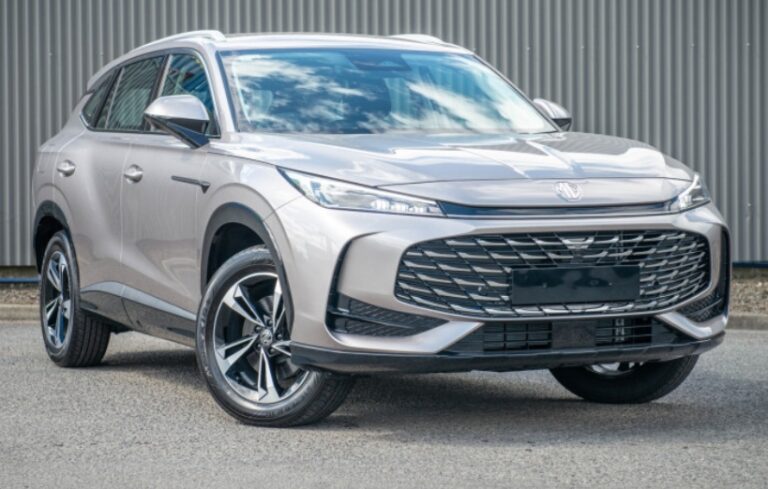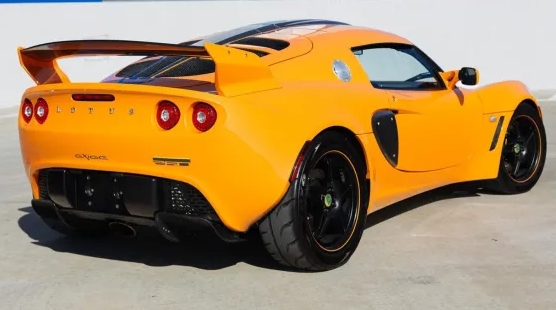The Evolution of the Buick Terraza: A Van for the Modern Family
Introduction
The Buick Terraza was General Motors’ foray into the minivan segment, produced from 2005 to 2009. It represented a unique blend of Buick’s trademark comfort and a family-friendly design, giving rise to a vehicle that catered to the needs of parents and travelers alike. By examining the evolution of the Terraza, we can better understand the changing dynamics of the minivan market and how this model adapted to the needs of its target demographic.
Year-by-Year Overview
2005: The Introduction of the Buick Terraza
The Buick Terraza made its debut in 2005, introduced at the Chicago Auto Show as part of GM’s U-platform, which it shared with the Chevrolet Uplander, Saturn Relay, and Pontiac Montana SV6. The initial offering came as a well-rounded vehicle with a 3.5-liter V6 engine producing 200 horsepower and a 4-speed automatic transmission. The design emphasized space and comfort, with seating for up to seven passengers and plenty of cargo capacity.
Models and Trim Levels:
- Base: Offered standard features such as air conditioning, power windows, and a CD player.
- CXL: A step up with additional luxury features like leather seating, heated front seats, and a premium audio system.
2006: Enhancements and Features
In its second year, the Terraza saw minor changes and enhancements aimed at improving safety and reliability. New safety features were introduced, including curtain side airbags and greater attention to crashworthiness.
Model Updates:
- The 2006 model remained largely similar to the previous year, with an emphasis on extra standard features in higher trims.
Trim Levels:
- Base
- CXL
- CXL Plus: This new trim added more high-end features, including a rear-seat entertainment system and upgraded materials throughout the cabin.
2007: A Focus on Technology and Comfort
By 2007, the Buick Terraza began to integrate more technology into its offerings, notably through available features like an upgraded navigation system and Bluetooth connectivity. GM emphasized its goal to retain the quality and luxury branding that Buick was known for while also appealing to younger families.
Trim Levels:
- Base
- CXL
- CXL Plus
- CXL AWD: An all-wheel-drive option was introduced to further enhance the vehicle’s appeal in various driving conditions, making it a versatile choice for families and adventure-seekers alike.
2008: A Minor Refresh
The 2008 model year for the Terraza introduced a few aesthetic and functional enhancements. The exterior received a subtle refresh with new front and rear fascias, while interior materials were upgraded for a more luxurious feel. Notably, fuel efficiency was improved, targeting an audience increasingly concerned about gas mileage.
Trim Levels:
- Base
- CXL
- CXL Plus
- CXL AWD
2009: The End of the Line
The final year of production, 2009, saw Buick continue to showcase customer-oriented features; however, demand for minivans in general was waning, and competition intensified from SUV and crossover vehicles. As a result, the Terraza’s demise was on the horizon.
Final Trim Levels:
- Base: Retained the essential comforts expected by customers.
- CXL: Offered luxurious features synonymous with the Buick name.
- CXL Plus: The top-tier option with maximum features and refinement.
Key Features and Innovations
Across its production, the Buick Terraza was characterized by several permanent features that the brand emphasized:
- Spacious Interior: With comfortable seating for up to seven, the Terraza prioritized space for passengers and cargo alike.
- Safety Features: Incorporating GM’s safety technologies, such as child seat LATCH anchors, side impact air curtains, and stability control, helped it stand out in the crowded minivan market.
- Luxury Touches: Buick’s focus on refinement continued with leather upholstery, premium audio systems, and user-friendly interfaces for climate control and entertainment, appealing to families looking for an upscale experience.
.

.
Market Position and Legacy
The Buick Terraza entered the market at a time when minivans were facing increasing competition from SUVs and crossovers that offered similar features with a different aesthetic. During its run, it occupied a unique niche due to Buick’s branding, appealing to customers seeking a comfortable yet practical family vehicle.
Unfortunately, as consumer preferences shifted, sales of the Terraza dwindled, leading to its discontinuation in 2009. By that time, only a handful of automakers were still manufacturing traditional minivans. The rise of crossovers and SUVs carved a new path for family vehicles, marking the end of an era for models like the Terraza.
Conclusion
The Buick Terraza serves as an emblem of a time when minivans flourished in the U.S. automotive landscape, representing comfort, space, and family-friendly attributes. Though it had a relatively short production run and eventually succumbed to changing consumer tastes, its legacy endures as a testament to Buick’s commitment to creating vehicles that catered to the needs of families. Today, collectors and car enthusiasts recognize the Terraza not just as a van but as a unique piece of automotive history reflective of its era.







